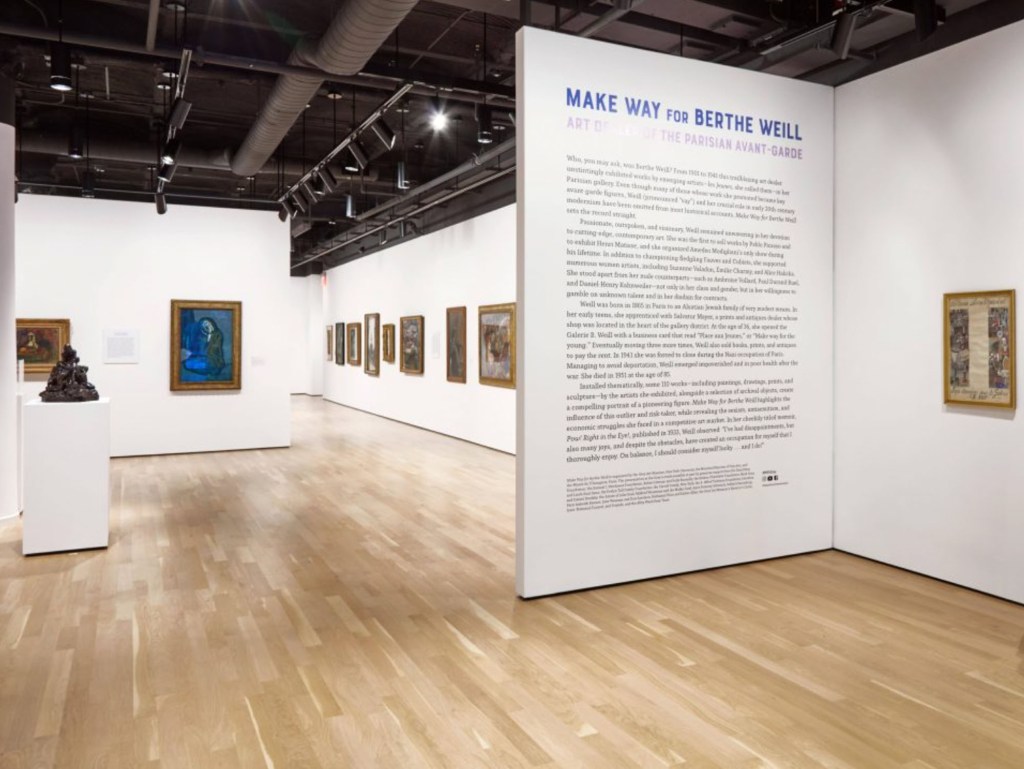
Contributed by John Goodrich / Hindsight, of course, is 20/20. Looking back at the early decades of modernism, we may sense something inevitable about the ascent of Picasso and Matisse. Weren’t both driven, gifted artists poised to take advantage of their cultural moment? And wasn’t the time ripe for Matisse’s upending of expectations of color, and Picasso’s overturning of pictorial structures? Of course, life is not so tidy and linear for the artists operating in the moment. As the luminous exhibition “Make Way for Berthe Weill: Art Dealer of the Parisian Avant-Garde” at NYU’s Grey Art Museum demonstrates, none of the early modernists had a monopoly on talent or a singularly dominant vision of what painting had to be.
The early twentieth-century artists featured in the show range from forgotten talents to impending art stars. False starts and fizzled-out ideas hang alongside budding brilliance. Throughout, the installation hums with earnest invention, capturing young artists painting as they deemed fit. The fount of energy holding these wide-ranging efforts together is the remarkable Berthe Weill, whose 40-year run as a gallerist bridged two world wars and the Great Depression. Viewed from the more professionalized art scene of our time, Weill stands out as a model of scrappy but enlightened advocacy. Raised under very modest circumstances – her father was a ragpicker and her schooling ended at age ten – Weill lacked the financial resources of more successful gallerists such as Ambroise Vollard and the Bernheim-Jeune brothers. Unlike them, she couldn’t afford to hold onto artists’ works until their prices rose.
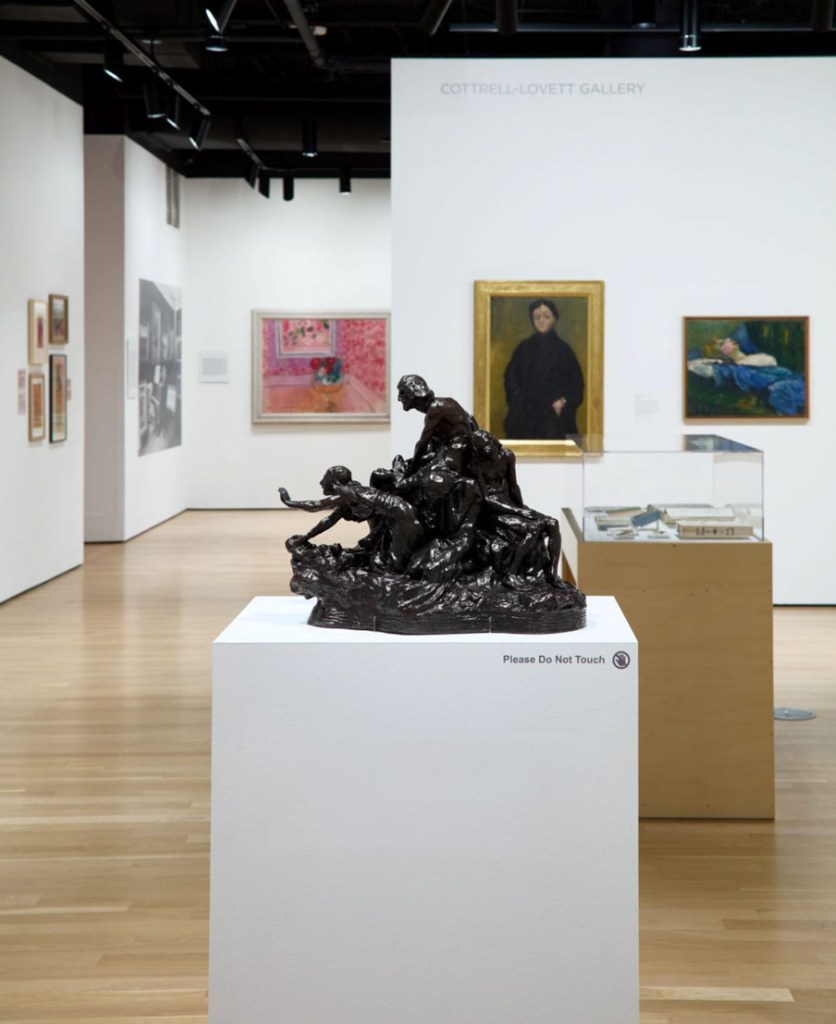
Weill had a better eye for painting than for business. She disdained exclusive contracts with artists, with whom she often shared meals, and relied on selling books and antiques to keep her gallery afloat. She was even known to turn away would-be collectors she deemed unworthy of owning her artist’s work. At the same time, she was determined to find a place in the Parisian art scene for young artists. As her business card proclaimed, “Place aux jeunes!” And support them she did. Weill was the first dealer to sell works by Picasso; the first to present solo shows of Matisse’s work and, years later, Suzanne Valadon’s; the first dealer in Paris to exhibit work by Fernand Léger and Diego Rivera; and the only dealer to host a solo show of Amedeo Modigliani’s paintings during his brief lifetime. All these artists were to show later at more prestigious and socially connected galleries, posthumously in Modigliani’s case.
No known gallery inventories survive. Weill’s flamboyant, tell-all memoir, “Pow! Right in the Eye!” (Librairie Lipschutz, 1933) provides the most complete history of the Galerie B. Weill. In tone, it veers from perky to bitter. “Amazing, now Picasso was on a roll!” she notes, recalling the 1900 sale of a work the nineteen-year-old artist had produced. She goes on: “Huc bought an important painting, ‘Le Moulin de la Galette,’ for – wait for it – 250 francs!” (The painting is now one of the jewels of the Guggenheim Museum.) Elsewhere, she grittily sums up the low sales from a show that included André Derain, Georges Rouault, and Kees van Dongen: “Misery, misery! It takes so much courage to keep doing this job…That’s it, I’m quitting!..No, not yet!…”
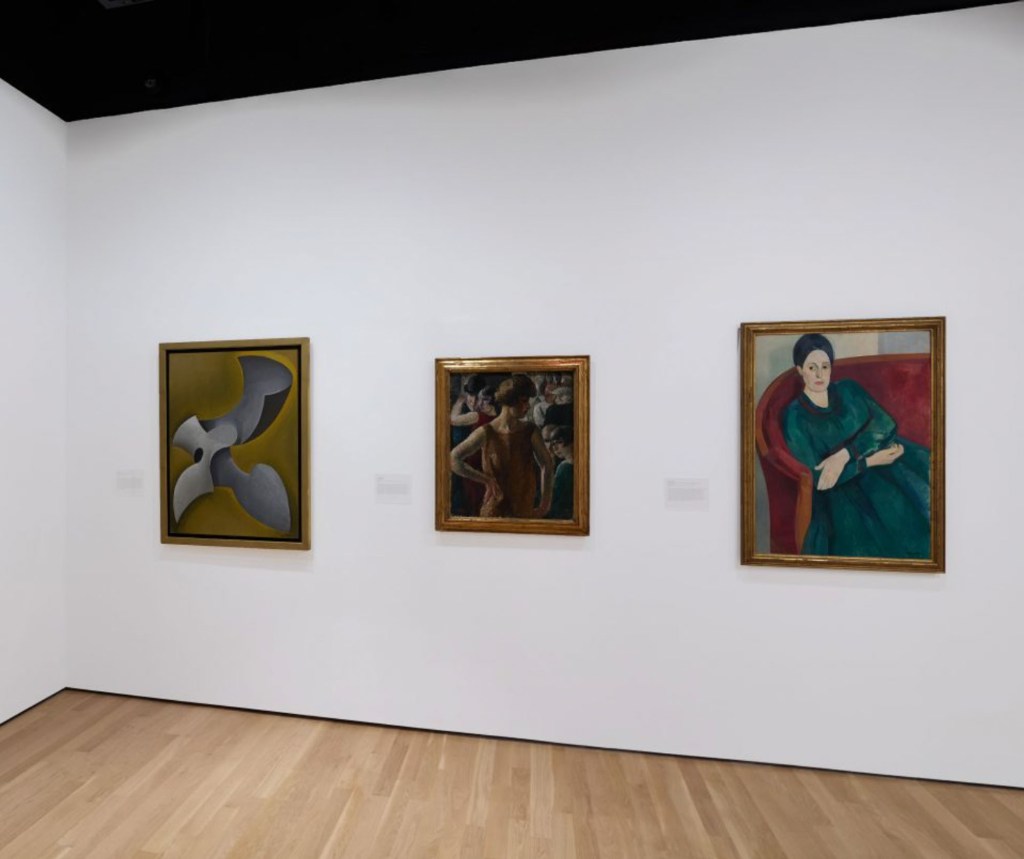
Owing to the scarcity of records, the discerning curators had to make educated guesses as to which works actually adorned the gallery’s walls. Many were new to me, including several small Matisse paintings from his pre-Fauvist years. Though relatively subdued, his keenly weighted colors animate Reading Woman in a Violet Dress (1898), not only conveying a vivid and particular light but also somehow intensifying the locations of objects. Colors ebb and press in the intervals between figure and walls: a brilliantly lit tablecloth in the foreground answers to the distant glimmer of a book’s page; across a crucial expanse, an improbable gray-green finds the figure’s neck. A cascade of hues below – grayed mauve, dark blue-green, a deep burnt red – could be wall, floor, or simply the space behind a chair. No matter. Every hue heightens the gathering of rhythms. In this early work, two of Matisse’s signature enthusiasms already compete: an abiding respect for the optics of nature and a fierce appetite for the inventions of painting.
Down the wall, a radiantly colored but compositionally tamer landscape by Matisse’s lifelong friend Albert Marquet reverses Matisse’s priorities, manifesting deft consideration of form and compliance with the dictates of sunlit nature. On another wall, a small Picasso watercolor of a vagabond (1901) bears his dedication to Berthe Weill. The Spaniard’s most impressive work here, however, is his 1902 painting La Miséreuse Accroupie (Crouching Woman). It’s not easy to absorb the artist’s Blue Period paintings with a fresh eye given their iconic status. But in this context, Picasso’s genius shines anew. The lightning-fast, reflexive drawing, scaffolding for so many of his later works, shares the stage with forceful color percolating through unexpected depths. Shadowed blue and green folds in the figure’s garments – weighty and deeply ripening, like Gustave Courbet’s – enshrine her gesture. The artist’s classicizing style invariably suggests a masterful blending of memory and imagination, but two sudden instances of observed light – on the figure’s headdress and a ledge behind her knees – complete the impression of a world directly and faithfully experienced.
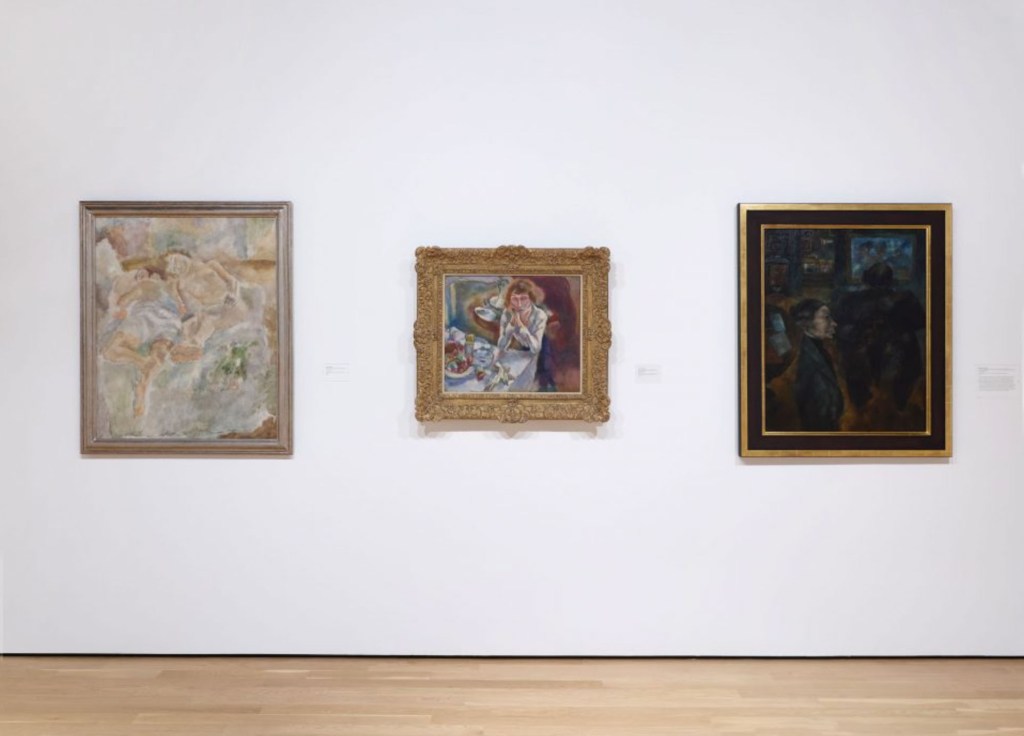
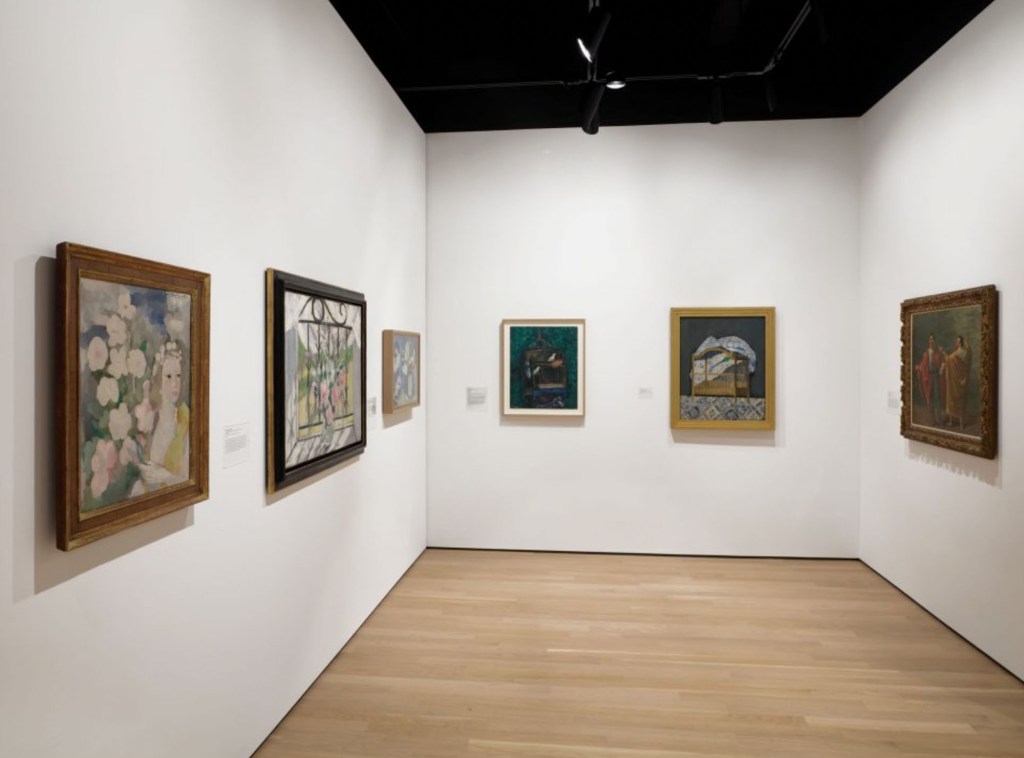
Unsurprisingly, some works in the show suffer by comparison. Two large paintings by Raoul de Mathan from 1908 and 1909 reflect more industriousness than clarity in multi-figure compositions. Simon Levy’s large portrait (“before 1926”) shows a keenness for modernist reduction but fails to invigorate it through color.
Gratifying surprises include a sprightly, sinuous 1905 landscape by Raoul Dufy and a jaunty Cubist cityscape Diego Rivera painted in 1914. A robust rendering of Notre Dame’s façade, painted circa 1905 by Samuel Halpert, could pass for an unusually judicious Matisse. Figurative paintings by Suzanne Valadon, a small portrait by Modigliani, and a Fauvist harbor scene by Derain, as well as the terra-cotta figurines of Aristide Maillol, also stand out. Cubism, meanwhile, is largely represented by lesser lights such as Albert Gleizes, Jean Metzinger, and André Lhote. Georges Braque’s most notable moment in the show appears not on canvas but in a wall text describing him pounding on Weill’s desk and demanding the proceeds of a sale.
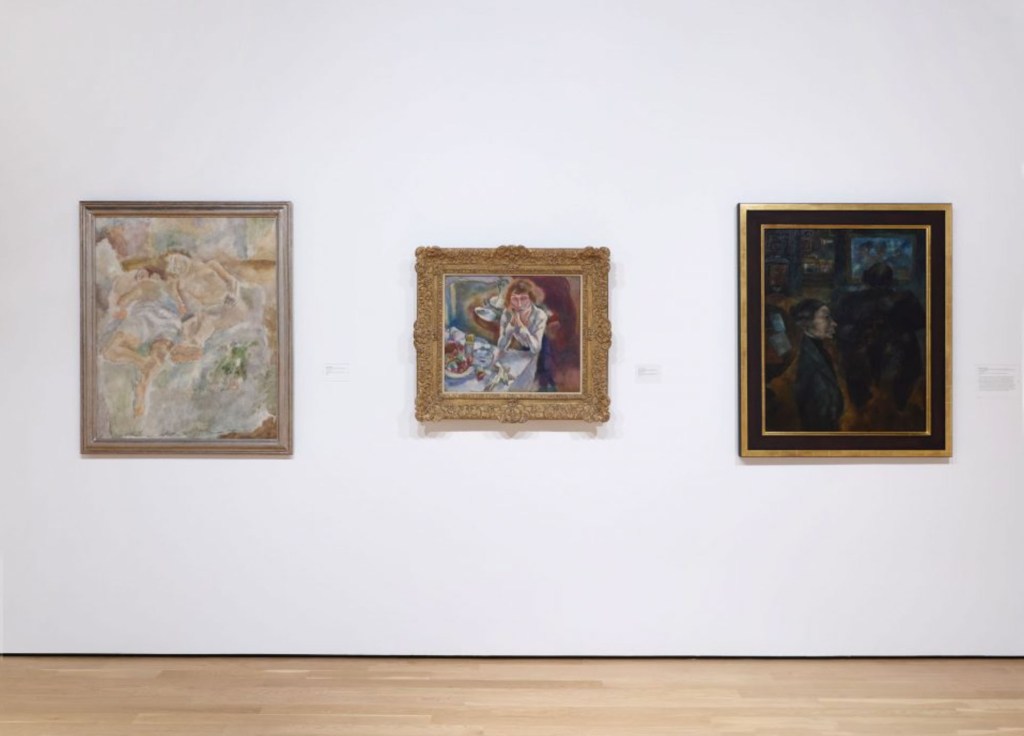
The most under-appreciated artist in the show would surely be Émilie Charmy, whose paintings – brave in drawing, astute in color – recall van Dongen, Matisse, and even (in a portrait of Weill) a roughened Edouard Manet. Charmy belonged, in Weill’s words, to “no particular movement,” which may partly explain her relative obscurity today. More pertinent, though, was her gender. Discrimination against professional women proved a constant obstacle for her, as it did for Weill.
Weill also faced virulent antisemitism, grimly reflected in the cartoons and texts of newspapers displayed on two of the museum’s walls. After the Nazis imposed its “Aryanization” policy on occupied Paris, she was compelled to turn the administration of the gallery over to a non-Jewish friend. The gallery closed for good in May 1941. Impoverished and in poor health, Weill survived the war, most likely by hiding in Charmy’s studio. But she wasn’t forgotten; shortly after the war a number of her artists donated 84 works to an auction organized on her behalf. She died, bedridden and mostly blind but comfortable, in 1951. Over four decades, Galerie B. Weill presented almost 400 exhibitions of more than 350 artists, providing crucial early support for many who would go on to become household names. Histories of the period focus on her better-heeled male colleagues. This rich and endearing show should help correct the record, and in grand style.
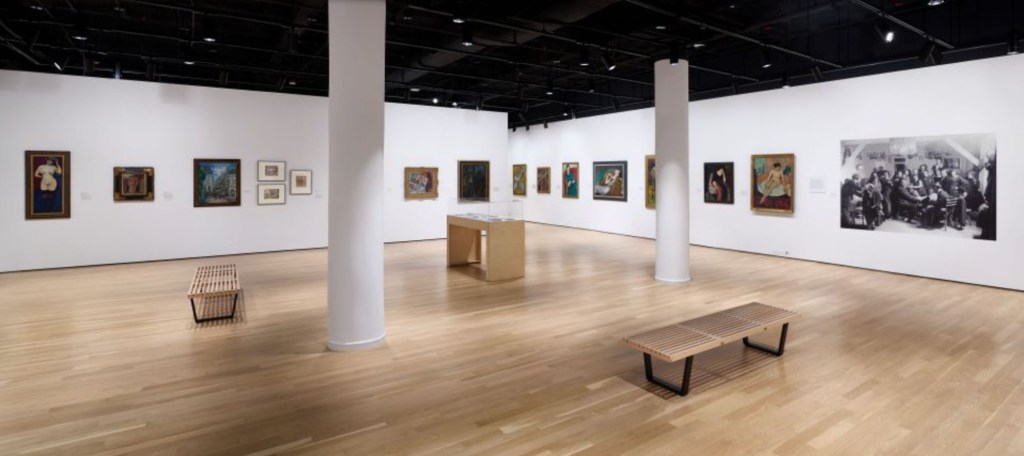
“Make Way for Berthe Weill: Art Dealer of the Parisian Avant-Garde,” Grey Art Museum, 18 Cooper Square, New York, NY. Through March 1, 2025.
About the author: Formerly a contributing writer for the New York Sun and Review magazine, John Goodrich paints, teaches, and writes about art in the New York City area. He teaches at Haverford College.

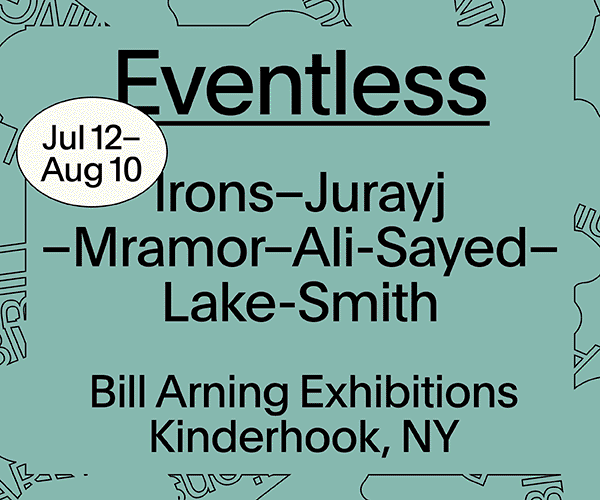
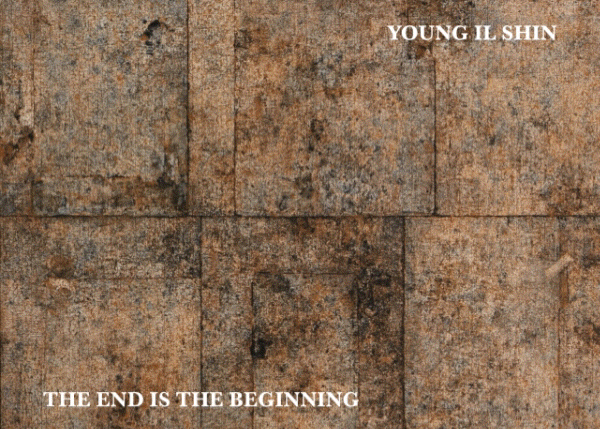
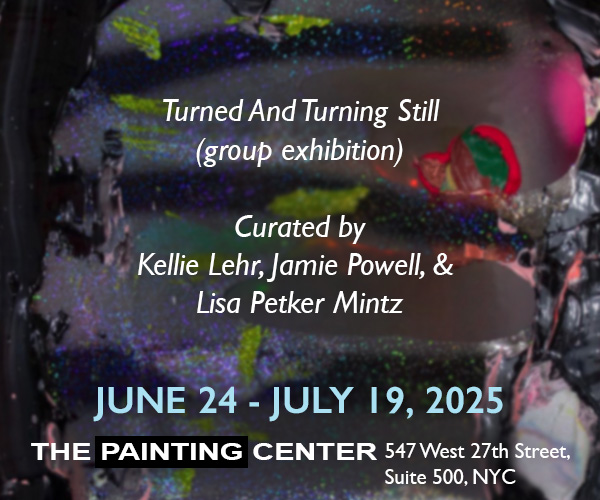
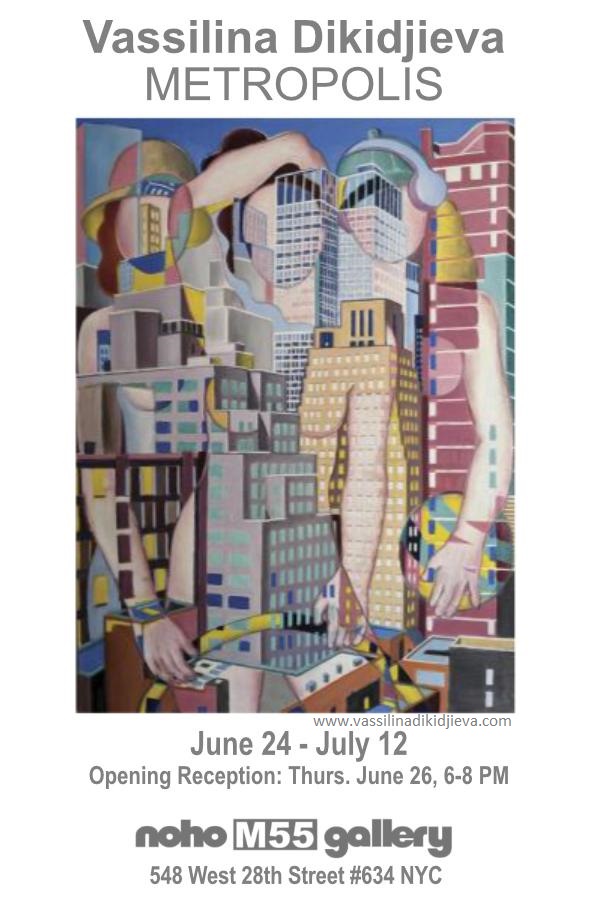
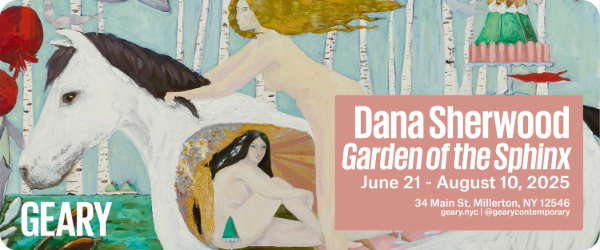











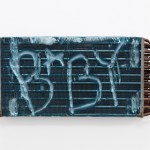


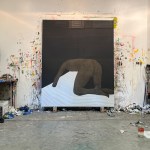

Dear John Goodrich:
I intend to view your exhibition ASAP. I am a NYC international ABEX painter.
and celebrating fifty years of painting at my studio/gallery. Please come and
visit when convenient. 212.255.7921. discoveriesinamericanart.com
Beverly Brodsky
I saw the show soon after it first opened and did a post on Instagram. This expansive review pretty much nailed my own experience of the works as well as the respect I felt for this little known woman dealer who first championed some of the greatest artists of the 20th Century.
I applaud the hard work and dedication of Julie Saul, Lynn Gumpert and Marianne Le Morban whose dedication to Weill’s legacy brought this exhibition to life!